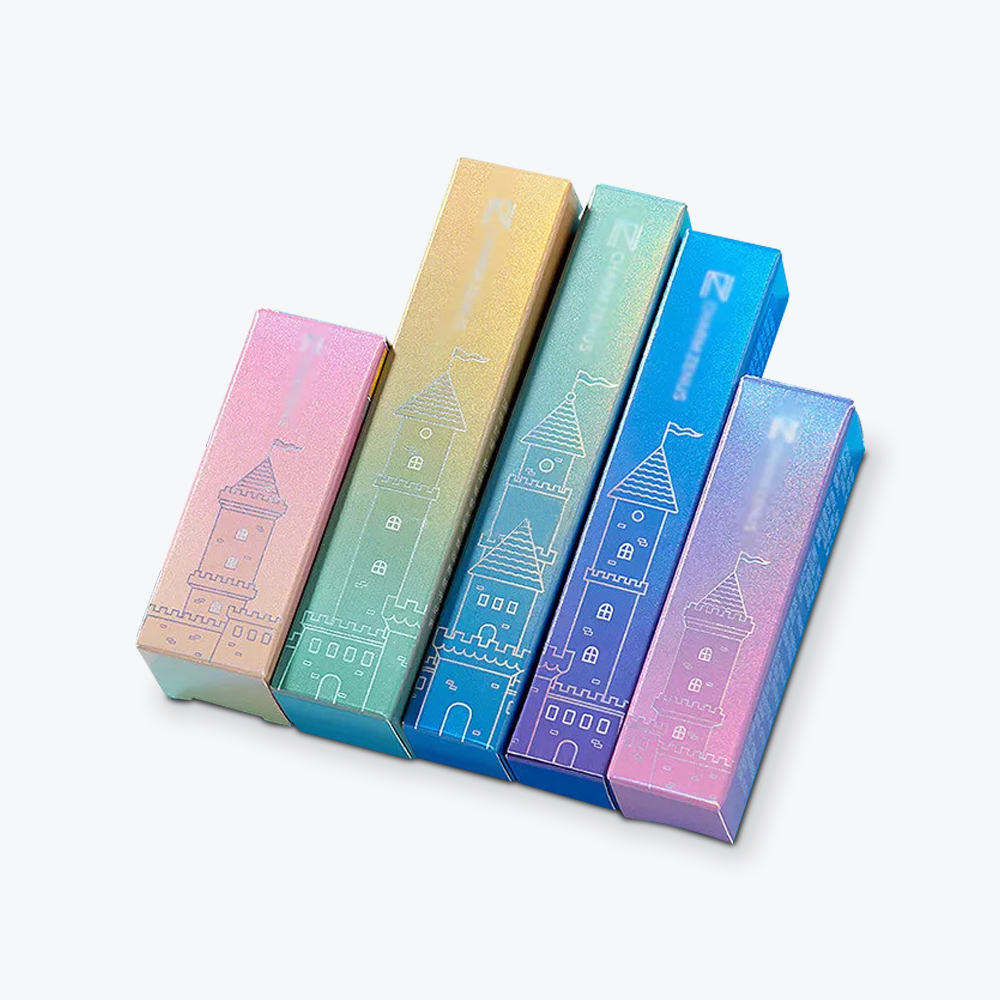Every single day, brown boxes and packages with a smile logo are circling around the globe.
A few years ago, all of this cardboard would have been carelessly flung in the garbage. Curbside recycling pickup was a faraway dream and most of us gave our consumption habits little thought.
Fortunately, times have changed.
Nowadays, we’re all aware of our overwhelmed landfills and we dutifully recycle what we can. And it’s easy to do so. Nearly 90% of Americans have access to curbside pickup or drop-off paper recycling programs. So there are no excuses.
As a business, it’s important to reflect your customers’ changing sensibilities and understand their priorities. Things like sustainability now rank high for many consumers.
It’s essential – and not difficult – to show your commitment to the environment. An effective place to start is with your packaging.
Let’s jump into some interesting recycling facts and resources, that may make it easier to choose eco-friendly packaging.
Some Shocking Stats
Even if you don’t really follow the news, you’ve probably heard about the numerous environmental crises that are threatening the globe.
We have an exploding population, water shortages, a changing climate, overflowing garbage dumps, plastic clogging our oceans – and the list goes on.
Just look at some of these depressing numbers about our environment:
Those numbers paint a bleak picture. But it’s not all gloom and doom. As a business, there’s a lot you can do to counteract some of this devastation. Even small steps can make a difference.
Just consider these hopeful stats:
Consumers Do Care About the Environment

In addition to helping the planet, using eco-friendly packaging is a smart branding and marketing decision.
There’s no mistaking the environment is of growing importance to consumers. If you chose to ignore green concerns you’ll likely shed some customers. How you choose to package your goods says a lot about your commitment to the environment.
Consumers are weighing how eco-conscious a brand is when debating making a purchase. If you’re running a business that’s an important fact to keep in mind.
In a DotCom Distribution study, 57% of respondents said that green packaging is important to them, and 48% of people polled said they would consider switching brands if a product they received contained excessive or unsustainable packaging. Ouch. That’s a quick way to lose customers.
Making a commitment to green packaging is a great start, but don’t stop there.
Make a full eco-commitment. Have it permeate your whole business. Sometimes it pays to be a little braggy. So, go on, get credit for your work and tout your efforts on your website – or even on your product packaging. You may get lucky enough to get one of those coveted social shares.
What Companies Can Do
Businesses and consumers need to work together to eliminate waste, preserve resources, and keep our world livable. But it doesn’t need to cost a fortune. By taking some eco-friendly steps, you may save money.
First off, choose your materials carefully. But don’t confuse eco-friendly materials with boring. There are still plenty of opportunities to infuse your own brand style. Here are some easy steps businesses of all sizes can take:
- Opt for corrugated cardboard boxes (and other eco-friendly boxes) using Kraft paper. Did you know it’s the most recycled material in the United States?
- Use biodegradable peanuts instead of nasty styrofoam. As a bonus people will appreciate the easy disposal. Just splash with water and they’ll go right down the drain.
- Try Geami paper. It’s one hundred percent recyclable.
- Use corrugated bubble wrap or recyclable air pillows for added protection.
- Try innovative materials made from corn starch, mushrooms or even seaweed for your packaging needs.
- And how about the easiest option of all? Use less packaging. Obviously, you still want to protect your items, but excess padding is unnecessary. This will save you on shipping costs, as well.
See? It’s not that hard to be eco-friendly. And the rewards are awesome – more customers, cheaper shipping, and doing a good turn for the planet. That’s a win-win.
Examples of Companies That Get It
More and more companies are making a concerted effort to use sustainable practices when it comes to their packaging. Here are two companies that are doing it right:
Green Chef

Food subscription boxes is a booming industry these days.
It’s a competitive niche, with many trying to capitalize on a healthy, organic, natural trend. Green Chef is one such company.
Of course, they realize that if you want to tout your company as being natural and good for the environment you need to make sure all facets of your business adhere to this vision – including your packaging.
To prove they’re walking the walk, nearly all of Green Chef’s packaging is recyclable, reusable or compostable. In addition, they offset 100% of their carbon emissions – including the shipment of every box.
Green Chef even goes so far as to tell you how to recycle every piece of packaging you might receive from them. So, if you’re unsure with how to responsibly dispose of that plastic bag or jar, just hop on over to their website and they’ll tell you how to recycle it.
REI
It’s no surprise that REI – a company that promotes getting people out into nature – takes its commitment to eco-friendly packaging seriously.
As part of this effort, REI uses and promotes the How2Recycle label, a standardized labeling system than clearly tells people how to recycle their packaging. Sadly, so many recyclable items end up in the landfill because people simply don’t know what to do with them.

REI also provides packaging guidelines to its vendors. They want to protect their goods in transit, but REI balances this by using less packaging. And, of course, almost all of their packaging is made from recyclable materials and can be easily recycled.
Conclusion
Don’t worry if, up to now, environmental considerations have taken a backseat in your business strategy.
It’s never too late to jump on the eco-bandwagon – and it’s essential that you do. Your customers are counting on you. The important thing is to make a start.
We all need to do what we can to preserve the earth’s finite resources and make the world a beautiful place for us all.
































.svg)
Share